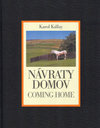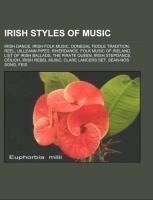
Irish styles of music
Source: Wikipedia. Pages: 72. Chapters: Irish dance, Irish folk music, Donegal fiddle tradition, Reel, Uilleann pipes, Riverdance, Folk music of Ireland, List of Irish ballads, The Pirate Queen, Irish stepdance, Céilidh, Irish rebel music, Clare Lancers... Viac o knihe
Produkt je dočasne nedostupný
18.83 €
bežná cena: 21.40 €
O knihe
Source: Wikipedia. Pages: 72. Chapters: Irish dance, Irish folk music, Donegal fiddle tradition, Reel, Uilleann pipes, Riverdance, Folk music of Ireland, List of Irish ballads, The Pirate Queen, Irish stepdance, Céilidh, Irish rebel music, Clare Lancers Set, Sean-nós song, Feis, Celtic Tiger Live, Garryowen, Sean-nós dance, Sean-nós dance in America, Lord of the Dance, Feet of Flames, Hornpipe, Irish Modern Dance Theatre, American traditional informal freeform solo folk dancing, Irish rock, South Galway Set, Oireachtas, Cape Breton fiddling, Irish flute, The Voice of the People, Ceili dance, Set dancing, Dancing on Dangerous Ground, Ghillies, Cúnnla, Philadelphia Céilí Group, Na Píobairí Uilleann, American Wake, The Permanent Cure, Cearbhall Óg Ó Dálaigh, Lilting, Willie Clancy Summer School, Step dance, Peigín Leitir Móir, Folk Music Society of Ireland, Whistle on the Wind, Scoil Gheimhridh Frankie Kennedy, Éiníní, Queen Maeve International Summer School, Spirit of the Dance, Traditional Irish singing, Irish fiddle playing, Cosa Meara Company of Irish Dance, Frederick Celtic Festival, Toss the Feathers, Scoil Éigse, Feis Ceoil, Country and Irish, Sean Nós, Cumann Rince Náisiúnta, World Irish Dance Association, Clicks. Excerpt: The folk music of Ireland (also known as Irish traditional music, Irish trad, Irish folk music, and other variants) is the generic term for music that has been created in various genres on the entire island of Ireland, north and south of the border. In Topographia Hibernica (1188), Gerald de Barri conceded that the Irish were more skilled at playing music than any other nation he had seen. He claimed that the two main instruments used at this time were the "harp" and "tabor" (see bodhrán), that their music was fast and lively, and that their songs always began and ended with B-flat. In A History of Irish Music (1905), W. H. Grattan Flood wrote that, in Gaelic Ireland, there were at least ten instruments in general use. These were the cruit (a small harp) and clairseach (a bigger harp with typically 30 strings), the timpan (a small string instrument played with a bow or plectrum), the feadan (a fife), the buinne (an oboe or flute), the guthbuinne (a bassoon-type horn), the bennbuabhal and corn (hornpipes), the cuislenna (bagpipes - see Great Irish Warpipes), the stoc and sturgan (clarions or trumpets), and the cnamha (castanets). There is also evidence of the fiddle being used in the 8th century. There are several collections of Irish folk music from the 18th century, but it was not until the 19th century that ballad printers became established in Dublin. Important collectors include George Petrie, Edward Bunting, Francis O'Neill, Canon James Goodman and many others. Though solo performance is preferred in the folk tradition, bands or at least small ensembles have probably been a part of Irish music since at least the mid-19th century, although this is a point of much contention among ethnomusicologists. Irish traditional music has survived more strongly against the forces of cinema, radio and the mass media than the indigenous folk music of most European countries. This was possibly due to the fact that the country was not a geographical battleground in either of th
- Vydavateľstvo: Books LLC, Reference Series
- Formát: Paperback
- Jazyk:
- ISBN: 9781156843093

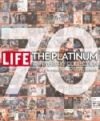
 Anglický jazyk
Anglický jazyk 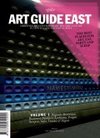
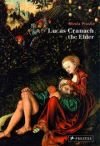
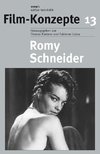
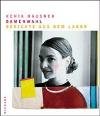
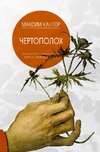
 Ruský jazyk
Ruský jazyk 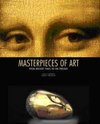
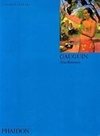
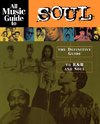
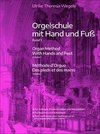
 Nemecký jazyk
Nemecký jazyk 
